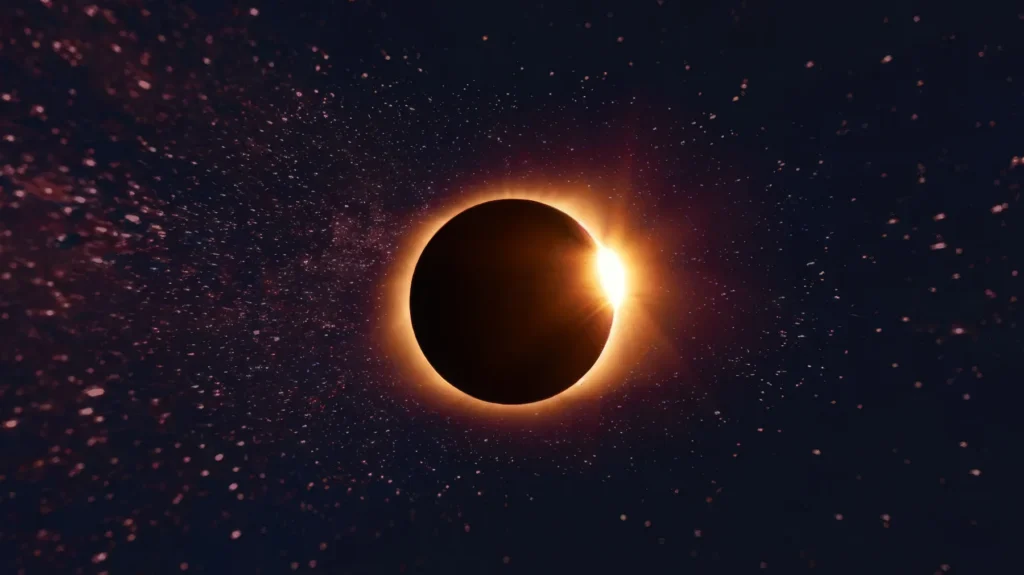In an age dominated by scientific inquiry, a common challenge for Muslim parents and educators is navigating the apparent conflicts between established scientific theories and the tenets of Islamic faith. Subjects like the Big Bang and evolution are often presented in educational settings not merely as theories, but as comprehensive explanations for existence, potentially creating doubt and confusion in the minds of young Muslims. To address this, it is essential to establish a clear framework that appreciates the role of science while understanding its inherent limitations, thereby harmonizing intellectual curiosity with spiritual conviction.
The True Role of Science
From an Islamic perspective, science is a valuable and respected tool. It is the systematic study of the physical world—Allah’s creation—through observation, experimentation, and the pursuit of repeatable patterns. It allows humanity to understand the intricate laws and systems that govern the universe, leading to technological advancements, medical breakthroughs, and a deeper appreciation for the complexity and order of the cosmos. Science is a method for understanding the “how” of the physical mechanisms within creation. However, its methodology inherently confines it to the material world. It can only analyze that which is observable, measurable, and subject to the physical laws it seeks to uncover. This is both its strength and its boundary.
Recognizing the Boundaries of Science
The most critical misunderstanding arises when science, a tool for measuring the physical, is used as a yardstick to measure the metaphysical. By its very definition, science cannot engage with the supernatural or with miracles, because miracles are events that intentionally operate outside the established norms of the physical world. For a scientist observing a miracle, such as the splitting of the moon during the time of the Prophet Muhammad (peace be upon him), the scientific method would compel them to seek a physical explanation. They would have to propose hypotheses based on natural phenomena, such as the refraction of light or mass hypnosis, because the concept of a divine, supernatural act lies outside the scope of scientific inquiry. Science is not equipped to process, confirm, or deny events that transcend physical laws. To expect it to do so is to misunderstand its fundamental purpose and limitations.
Creation and Miracles as Supernatural Events
This distinction is crucial when considering foundational Islamic beliefs like the creation of the universe. The Quran states that Allah created the heavens and the earth from nothing, through a simple command. This is a supernatural event, an act of pure creation ex nihilo. Science, in contrast, can only explain processes that involve pre-existing matter and energy. It can theorize about what happened a fraction of a second after the Big Bang, but it cannot explain how the initial singularity came from absolute nothingness. The scientific principle is that something cannot come from nothing; you cannot bake a cake without ingredients. The Islamic principle is that the Creator, being all-powerful, creates the ingredients themselves by His will. Therefore, attempting to judge the Quranic account of creation using a purely scientific lens is a categorical error. One deals with the supernatural act of creation itself, while the other deals with the physical processes that followed. These are not competing explanations but rather explanations that operate on different planes of reality—the metaphysical and the physical.
A Guiding Framework for the Next Generation
For parents and educators, the key is to instill this balanced understanding in children from a young age, particularly as they approach adolescence. It is not about rejecting science, but about contextualizing it.
- Teach the Purpose of Both: Explain that science helps us understand and appreciate the world Allah created, while Islam answers the fundamental questions of “Who” created it and “why.” They are complementary, not contradictory.
- Define the Supernatural: Clearly define miracles and supernatural events as acts from Allah that are beyond the realm of physical laws and, therefore, beyond the scope of scientific measurement.
- Correct the Faulty Criteria: Emphasize that using a faulty tool leads to a wrong measurement. Judging the truth of Islam based on a purely materialistic, scientific worldview is like trying to measure love with a ruler or morality with a thermometer. The criteria must fit the subject matter.
By failing to provide this framework, we risk priming our youth to lose their faith. When they are taught that science is the only arbiter of truth, they will inevitably find what they perceive as contradictions with their religion. They may then secretly harbor doubts that fester and lead them away from Islam, believing they have made an intellectual choice, when in reality, they have simply used a flawed and inappropriate set of criteria to judge their faith. The primary responsibility for this education lies within the home, where these foundational concepts can be discussed openly and integrated into a child’s worldview long before they face these challenges in the classroom or university. Ultimately, a confident Muslim is one who can embrace scientific knowledge as a means of exploring the signs of Allah in the universe, without allowing it to overstep its bounds and question the unseen reality of the Creator Himself.

